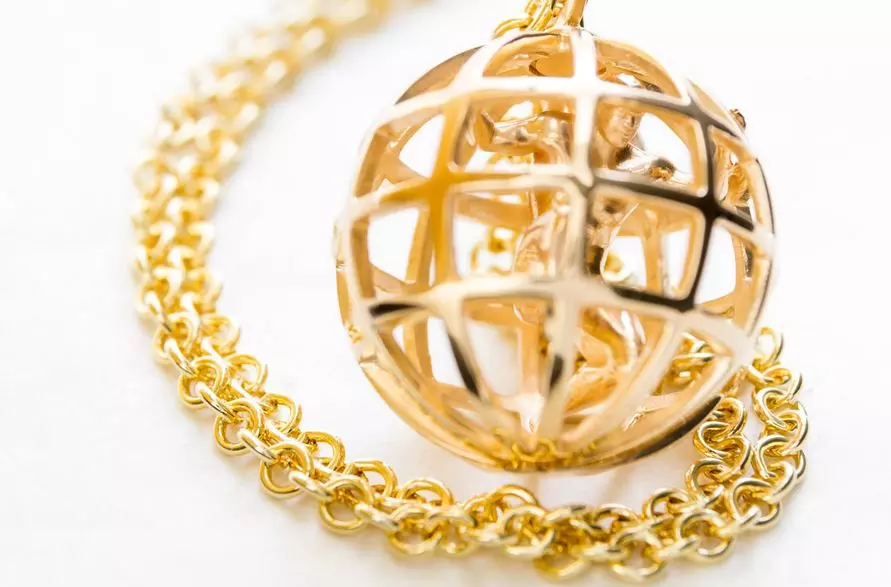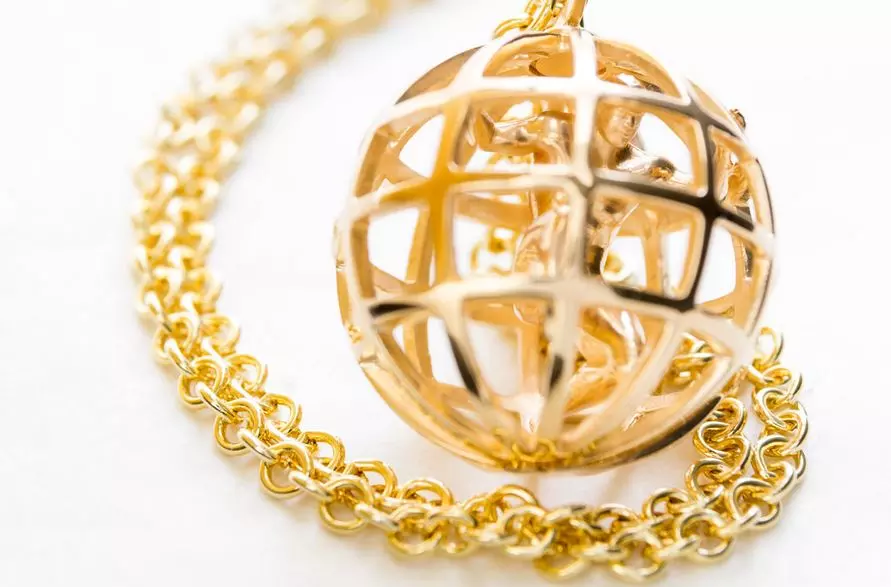Last updated on January 23rd, 2022 at 11:37 am
Vital Things You Need to Know about Gold Purity and 14k Gold Value Per Gram. For several years now, gold has remained that malleable and precious metallic piece we’ve come to love. However, people tend to counterfeit good things that are highly sought after and gold isn’t left out.
Understanding and recognizing the worth and composition of one’s jewelry is critical to being able to use the asset when the time comes to sell these items for future possibilities, changes, or new jewelry choices. Related Article How to Tell if 18k Gold is Real With a Lighter
14k Gold Value Per Gram: How Much is a 14k Gold Necklace Worth at a Pawn Shop
Too frequently, people buy jewelry or receive it as a present, and the purpose of this article is to enlighten you on some vital things you need to know about the famous metal called gold.
This will come in handy whether you’re a buyer or seller of gold as it’ll help you find answers to some of the frequently asked questions when it comes to buying or selling gold.
But first, I’d be familiarizing you with those symbols, markings, and stamp sequences that are usually engraved on gold items
Identifying Gold Stamps and Markings
1. Gold Stamps
This is otherwise known as the maker’s mark. It usually carries the symbol of the gold item’s manufacturer or designer.
The stamps serve as symbols for certification and endorsement of the item which is done at the assay office.
2. Purity Markings
This popular hallmark serves the purpose of ascertaining the purity of an item. The item could be gold, silver or platinum.
In the case of gold, you’ve got to look out for the shape of the stamp which is generally rectangular, with its corners shaved off. The moment you see this, you know the item is gold.
Inside the engraved shape, is a number known as the stamp number which is used for determining the metal’s purity.
Although you’ll find that the hallmarking standards differ among countries, below are some common markings for ascertaining the purity of gold
- 625 – 13 Karats
- 575, 583 and 585 – 14 karats
- 750 – 18 Karats
- 833 – 20 karats
- 916 and 917 – 22 Karats
- 990 – 23 Karats
- 999 and 999.9 – 24 Karats
Determining the content of Gold
As you well know, the value of gold in an item is determined by the number of karats it contains. Therefore, the more karats, the more valuable the piece, because it reflects the amount of pure gold in the item and this makes 24 karats the purest form of gold, containing 99 percent pure gold.
When it comes to ascertaining the purity of gold, the number of karats is key.
You may find gold pieces engraved with stamps like 13k, 14k, and 24k. These stamps reflect the number of karats in a piece and is indicative of the item’s purity.
However, there’s an exception to this as some gold items come engraved with three numbers instead of the straight-forward ’13k’ and the likes.
The three numbers, just like the ones listed earlier depict the purity of the item. Take 22k gold for instance. Instead of ’22k’, you’d find either of the numbers 916 or 917 engraved on a 22k gold piece. These three numbers represent the percentage of the purity which are 91.6% and 91.7% respectively. Same concept also applies to the other karats up there.
Calculations involving Gold Purity
This aspect requires your knowledge in basic math; you’ll be making some calculations as it involves buying and selling.
It is worthy of note that pure gold is sold in ounce while karat jewelry is in grams. Therefore, one troy ounce is equivalent to 31.1 grams. And if pure gold sells for 1300 USD per ounce, then you’d have to divide 1300 USD by 31.1g, thereby putting the per gram value at 41.8 USD.
For instance, if you have an 18k gold ring that weighs 10 gram, you can determine the value of pure gold it contains if you multiply the percentage purity of 18 karats by 10g (75% multiplied by 10g). That way, you’ll ascertain a portion of your gold piece that contains pure gold.
Upon determining the value of pure gold, you can then multiply it by the value of gold per gram. That’s how you ascertain the worth of your gold piece
Having learnt a thing or two about the markings and stamps gold items carry, let’s head right into answering some of the frequently asked questions about gold.
Frequently Asked Questions about Gold Purity
1. How Much is a 14k Gold Necklace, Chain and Ring at a Pawn Shop?
Should you decide to head to a pawn shop to sell your gold, it’s imperative to note that the pawnbrokers wouldn’t be paying for your gold based on the actual market value.
Instead, you’d be getting lowball offers. This is because, upon acquisition of your gold, the pawnbrokers have to send the items to smelters who’ll melt the items and resell them.
Now, all these operations involve fees and taxes which the brokers pay and that’s why they won’t be paying for your gold’s actual market value.
Therefore determining the worth of your gold chain, ring and necklace depend greatly on the weight of the items and the percentage purity (Karats).
And moreover, there’s no fixed price for a gold piece because of the fluctuations in the spot prices and that’s why it’s important to have the calculations I illustrated earlier at your fingertips.
In the case of 14K gold jewelries, the value of 14k gold per gram (33.05 USD) is key when it comes to calculations involving assets like rings, chains, necklaces, and more.
What you need to do is multiply the percentage purity (58.3) by the weight of the jewelry. After that, multiply the result you get by the per gram market value of 14K gold and you’ll get the price estimate.
2. How Much Do Pawn Shops Pay for 10 and 18K Gold?
Like I mentioned earlier, going to a pawn shop implies that you’re willing to sell your gold accessories at a price lower than the market value. Therefore you should expect most pawn shops to offer between 40 and 60% of the worth of your accessories.
3. How Much Do Pawn Shops Pay For Scrap Gold?
How much you’ll be getting for your scrap gold at a pawn shop depends on the pawnbroker; some pay higher while others pay less.
But before you head out to pawn off your scrap, it’ll be good to know its market value so you don’t get cheated.
Although there are tools online that you can use to determine the value of your scrap gold, I recommend you head over to this scrap gold calculator to handle all the maths for you.
On the website, you’ll see the live market value of gold per ounce and all you need is to input the weight of the scrap and its level of purity. After that, you leave the rest for the tool to handle and it’ll show you the market value in dollars.
With this knowledge, you can then head on to pawn shops. Although the pawnbrokers will not pay up to the market value, at least you have an idea of the real value and that’ll better help you evaluate whatever offers you get.
In trying to ascertain the value of your gold, bear in mind that the spot prices are updated daily in newspapers, online or on televisions. So, expect a fluctuation in price.
And should you decide to sell your gold, you’d be walking into the pawn shop with confidence, knowing that you came across this piece.
Related Article:
7 Best underwater metal detector And How metal detectors work- 5 Best Skate Shoes 2021: Are Skate Shoes Suitable For Walking?
- 7 Stores to Buy White Metal Detector Replacement Battery
- 7 Best Headphones for a Metal Detector(Headphones for Metal Detecting)
- Do Metal Detectors Detect Aluminum Foil & How Do Metal Detectors Work





